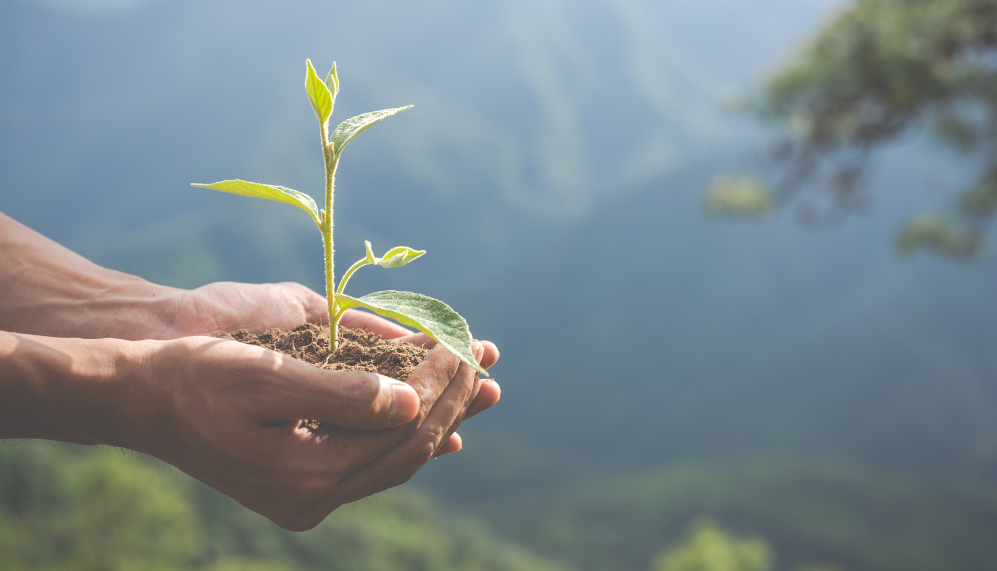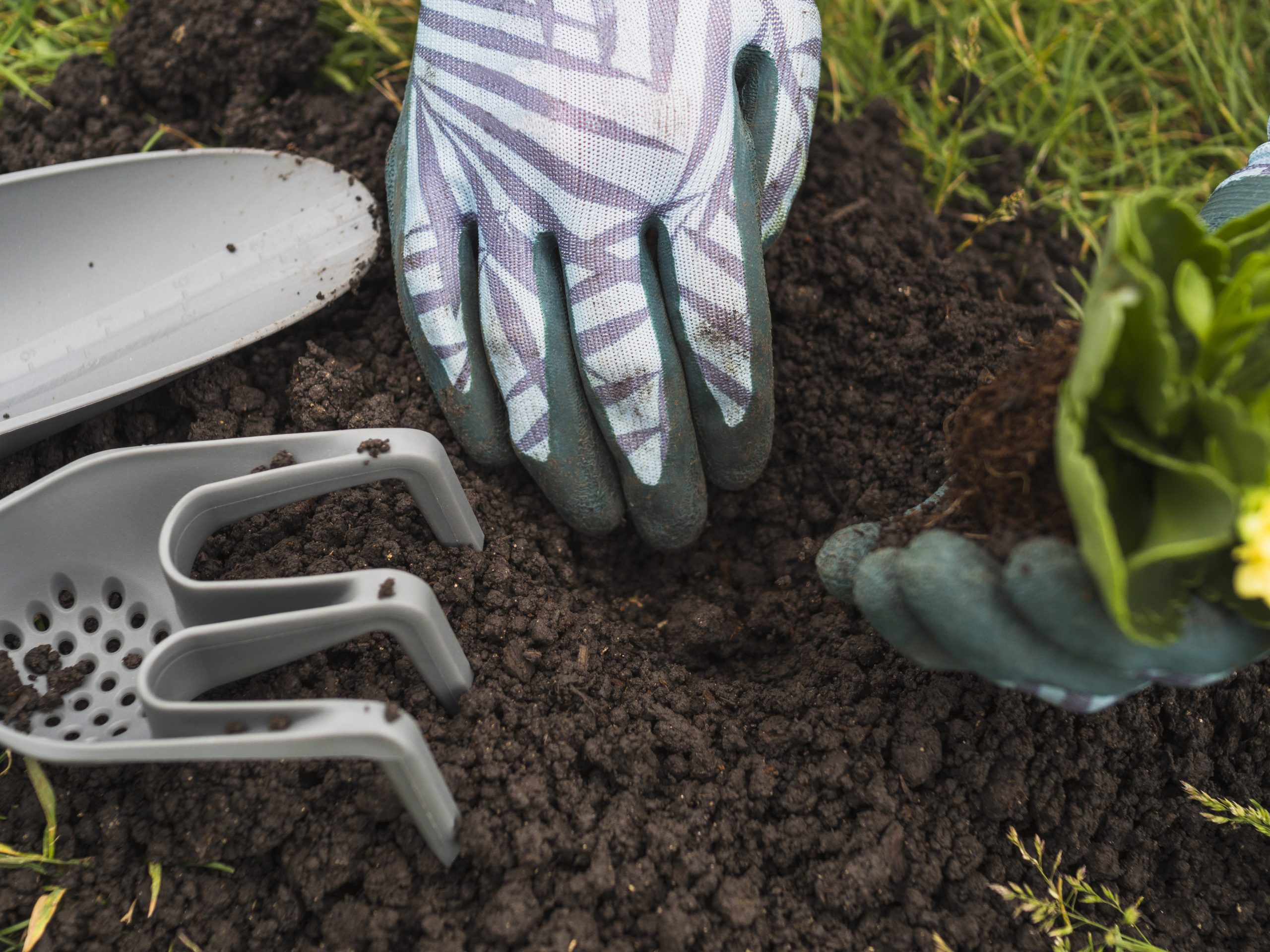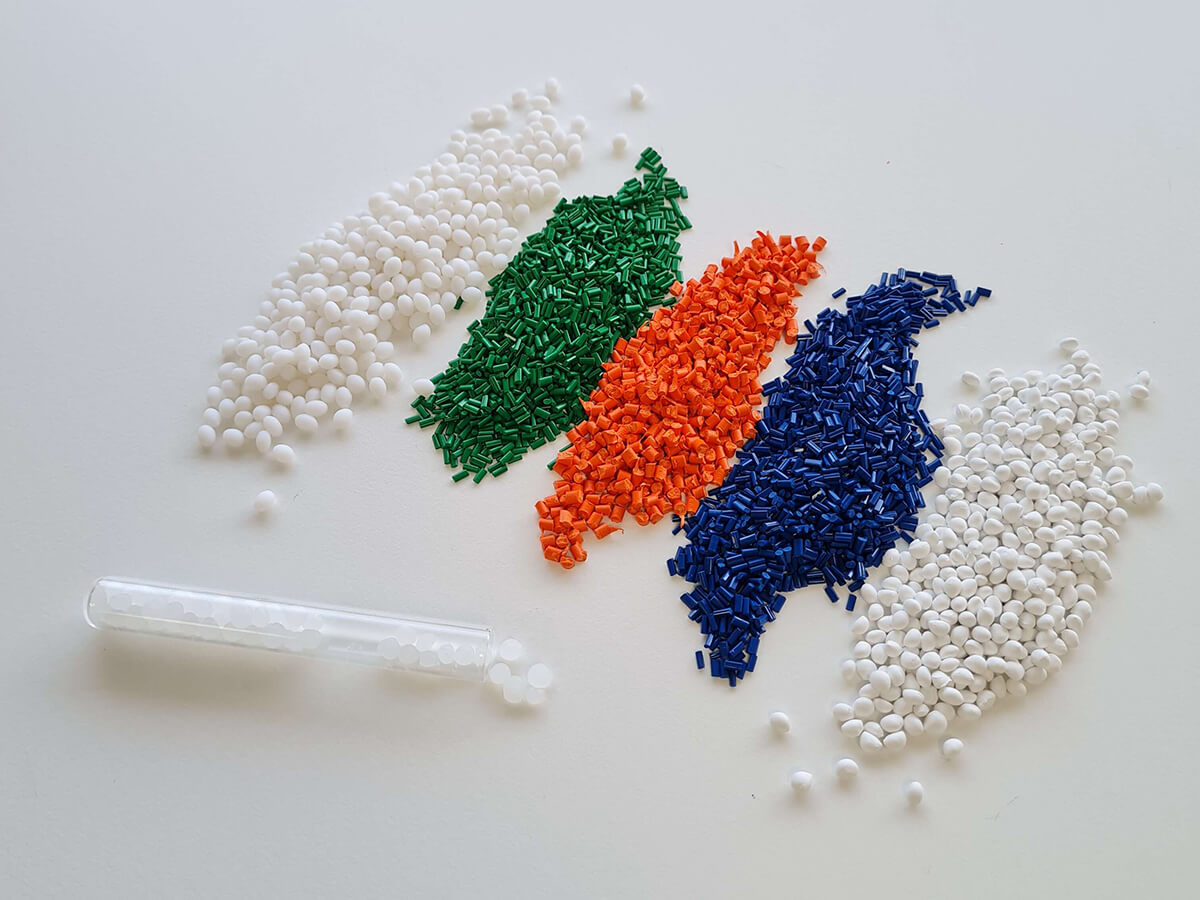
Biodegradable materials: what is it, what is it used for and practical examples
When speaking of sustainable materials, the word “biodegradable” will surely sound very familiar to you, as it is a concept that we hear recurrently in our daily lives.
However, sometimes this word is used incorrectly, generating doubts and confusion in society.
In a circular economy model based on recycling, a product that has reached the end of its useful life re-enters the market by becoming the raw material for a new product. But what happens when the product biodegrades? We discuss the materials, their advantages and a few examples. Keep reading!
What are biodegradable materials and what are they used for?
A material or product is biodegradable when, due to the action of biological agents and the environmental conditions in which it is found, it is ablo to decompose without leaving microplastics.
Note when we talk about biodegradability and biodegradable materials, we are referring to the material’s ability to decompose. Yet, when we say that a material is “bio-based”, we mean that it is of renewable source.

Biodegradation process
The biodegradation process of a biodegradable material is its capacity to decompose through the action of elements and microorganisms found in the environment.
During this process, the material will undergo a change in its structure, not only in appearance but also at a chemical level.
This process ends when the elements that compose it (such as hydrogen or carbon) return to nature.
How long does it take for biodegradable materials to degrade?
All materials will eventually decompose if enough time is allowed to pass. In other words, a material will eventually biodegrade sooner or later, even if it is a conventional plastic derived from petroleum.
The decomposition period varies greatly. For instance, biodegradable materials such as organic waste can take weeks or even days to decompose but other materials such as plastic can take hundreds or even thousands of years.
Moreover, this time can vary depending on the conditions in which the material is found: humidity, temperature, etc.
The serious problem is that there is no official stipulation as to the maximum amount of time that can pass before a material is considered biodegradable.
The difference between biodegradable and compostable materials
The term “biodegradable” has already been discussed. However, sometimes there is confusion between biodegradable materials and compostable materials.
A compostable material is one that, through a deliberate and controlled process, biodegrades into compost, CO2 and water.
More information about compostable materials:
In addition, the compost obtained in the compostability process is a very useful organic fertilizer for soil nourishment and contains no traces of microplastics or heavy metals. Another difference between compostable and biodegradable is that compostable materials are regulated.
- More on compost and the composting process: What is composting? A biological process
According to the standard EN-13432 of the Spanish Association for Standards and Certification, for a material to be considered compostable it must biodegrade at least 90% of its total mass in a period of less than 6 months.
Taking into account the above, it can be said that a compostable material will always be biodegradable, while a biodegradable material does not necessarily have to be compostable.
To know when a product or material is compostable, you must look for the “Ok Compost” stamp. Within the “Ok Compost” there are two different categories: “Home” or “Industrial”. This classification determines the place and the necessary conditions the materials need to carry out in order to complete the composting process. In the first case, compost can be obtained in a home composter and in the second case, more specific conditions are needed, which are found in the various composting plants.
What is the difference between biodegradable and oxodegradable?
A distinction must be made between oxodegradable and biodegradable materials. Oxodegradable materials degrade through oxygen, but their final material is not composed of 100% water and CO2.
Oxodegradables break down into tiny pieces of plastic and, as a result, generate microplastics. This, as we know, is a major source of environmental pollution.
Advantages of using biodegradable materials
Although, as we have mentioned, any material can disappear if given enough time, when we talk about biodegradable materials we usually refer to those that have the capacity to biodegrade in a short period of time.
In general, the benefits of using biodegradable materials have to do with their efficiency in ecological terms, so it would be interesting to talk first about all the problems currently generated by the plastics industry, especially due to poor waste management.
Naturally, the main advantage of using biodegradable materials lies in the fact that they do not generate waste once the disintegration process has been carried out. This means, as these materials decompose, they do not generate waste or garbage in the environment.
Also, the production process of these materials usually generates less pollution than the manufacturing process of conventional plastic materials.
Can I throw away products made of biodegradable material in nature?
Certainly not. As we have mentioned in other sections of this post, biodegradable materials disappear through the action of microorganisms present in nature under specific conditions.
In order to know under which conditions and environments each material, product or packaging biodegrades, the certifying company TUV Austria has different stamps that specify which conditions are required to carry out a correct biodegradation or composting process.
With regard to biodegradation, there are three different types: in marine environments (Ok Biodegradable Marine), soils (Ok Biodegradable Soil), and fresh water (Ok Biodegradable Water).
Regarding composting, as mentioned above, we find: domestic (Ok Compost Home), and industrial composting plant (Ok Compost Industrial).
Examples of products made of biodegradable materials
The list of products manufactured with biodegradable materials is getting increasingly longer. Some examples are as follows:
- Bags
- Plates
- Cosmetic jars
- Trays
- Tableware and catering items
- Bottles
- Spoons
- Tutors and clips for agriculture
Biodegradable materials are making it increasingly easy to live a more sustainable and less wasteful lifestyle. What are you waiting for?









